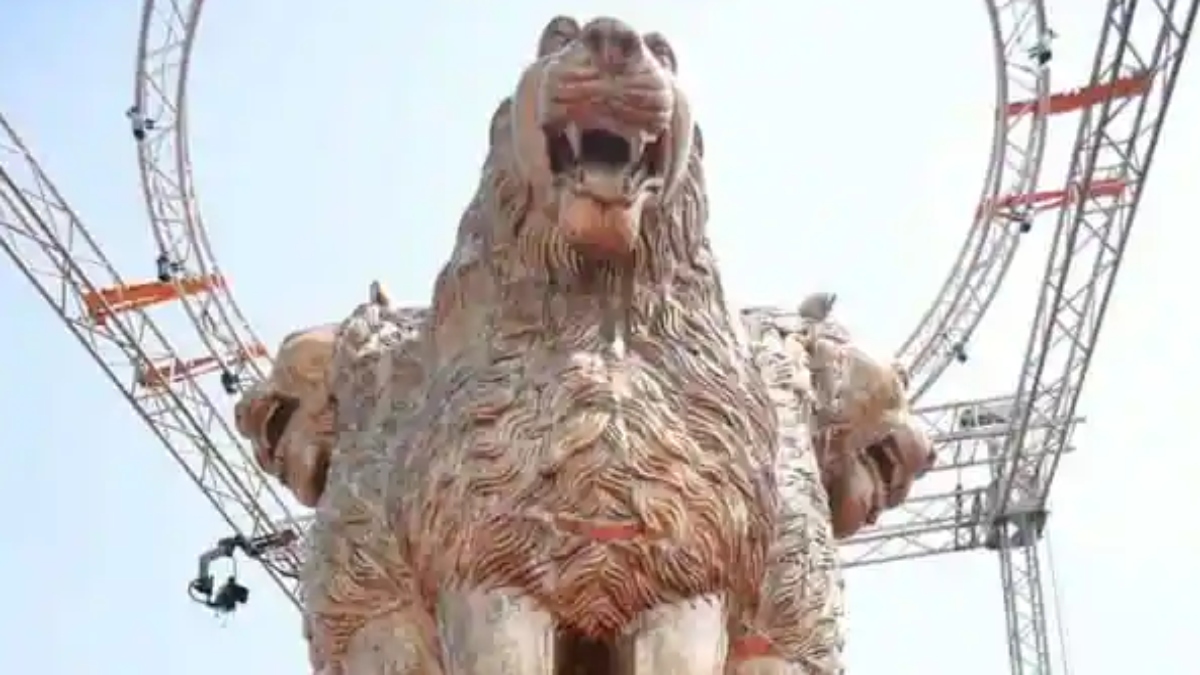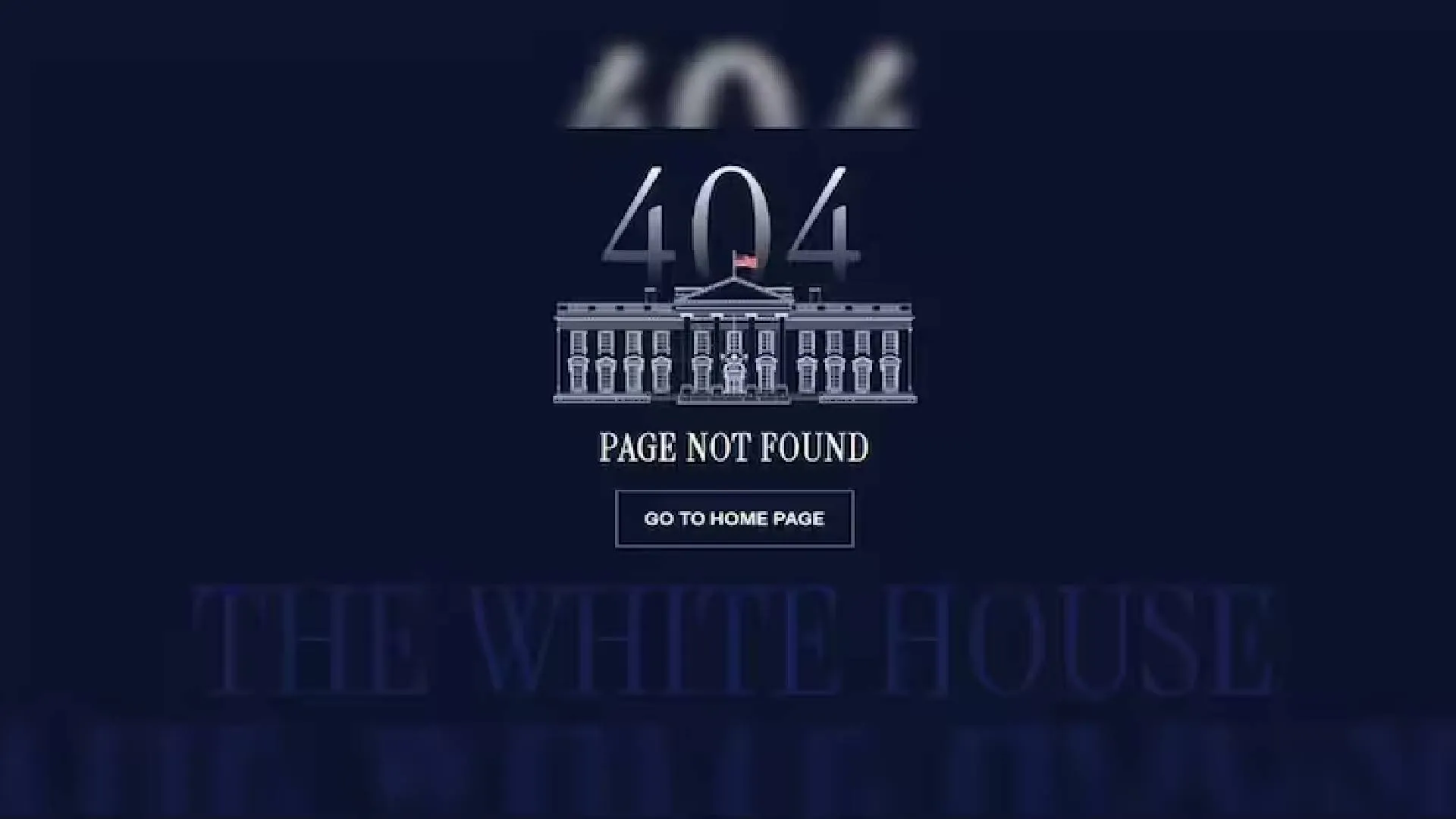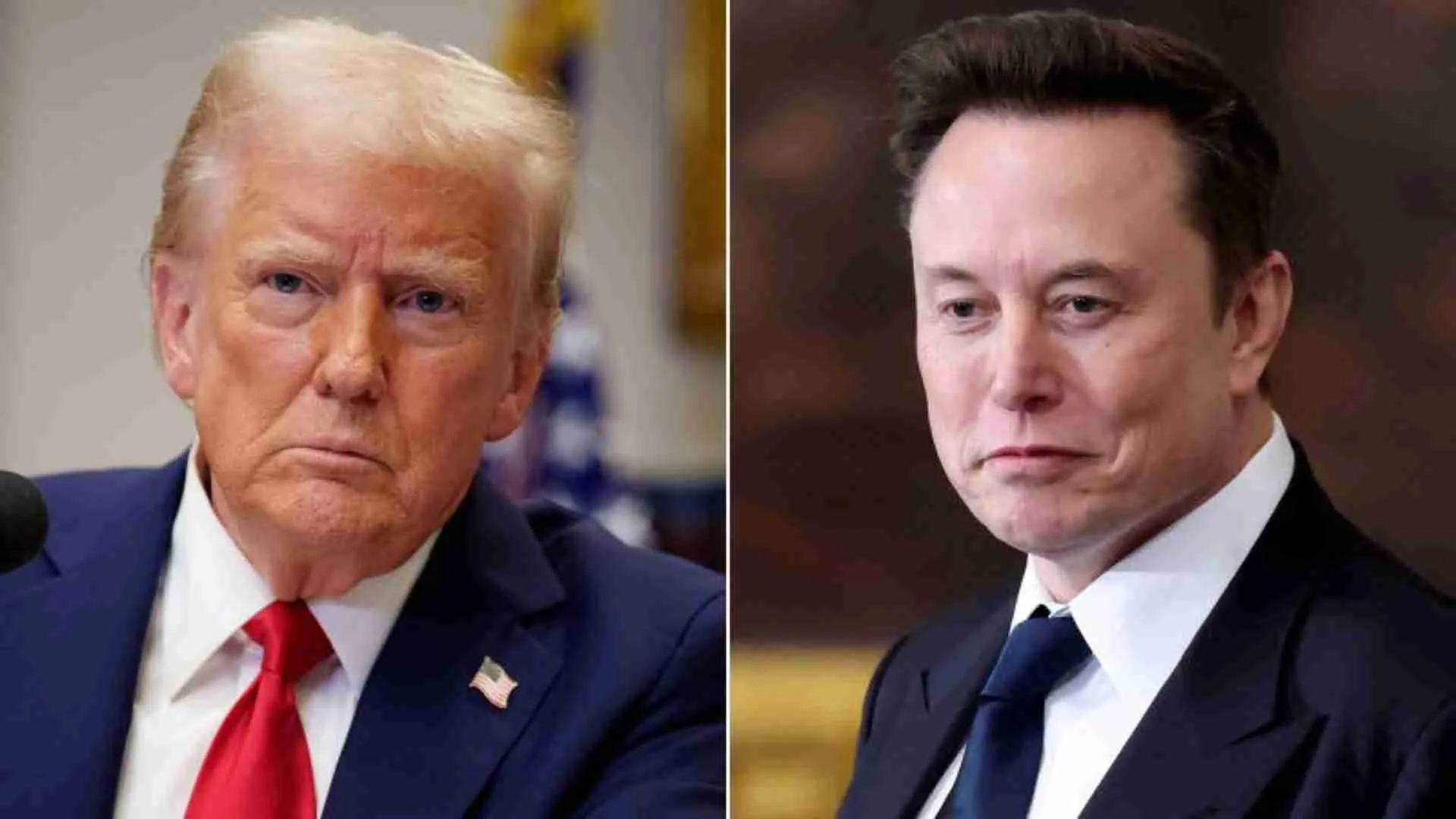On 30 September 2022, the Supreme Court dismissed a plea by two lawyers who had moved the Court, saying the Lions in the bronze cast atop the roof of the new Parliament building were deliberately designed to be “ferocious and aggressive”.
“It all depends on how you look at it,” said a bench of Justices M.R. Shah and Krishna Murari. “It cannot be said that the State Emblem of India installed in the Central Vista project is in violation of the State Emblem of India (Prohibition of Improper Use) Act, 2005.”
With this verdict, the apex court, with a single stroke of the pen, also laid to rest frivolous allegations by many in the Opposition, including likes of Jairam Ramesh who had alleged that the Modi government had changed the character and nature of the said Lions. Remember, the Congress called the “deviation” in the design, an “insult” to the Emblem. Thankfully, the apex Court called out the bluff of these propagandists.
Sunil Deore and Romiel Moses, who designed the 9500 kg bronze Emblem, have categorically said that there is “no deviation” in design. “We’ve paid attention to detail. The character of Lions is the same. There may be very minor differences. People may have different interpretations. It is a large statue, and a view from below may give a distorted impression,” Deore said. It is obvious that the new structure which is at a height of 33 metres from the ground, compared to the original structure which is almost at ground level, will look much bigger in dimension. Does the law of the land permit the government to amend the national Emblem? The relevant law to be considered with regard to the State Emblem would be the State Emblem of India (Prohibition of Improper Use) Act, 2005, and the State Emblem of India (Regulation of Use) Rules, 2007, which specifically deal with State Emblems. The schedule of the Act states that the State Emblem of India is an adaptation from the Sarnath Lion Capital of Asoka which is preserved and shall conform to the designs as set out in Appendix I or Appendix II.
Section 6(2)(f) of the same Act further, specifically states, “Subject to the provisions of this Act, the Central government shall have powers to do all such things (including the specification of design of the emblem and its use in the manner whatsoever) as the Central government considers necessary or expedient for the exercise of the foregoing powers.” Therefore, to cut a long story short, as advocate Radhika Roy, lawyer at the Delhi High Court, says, the 2005 Act, grants the Central government the power under Section 6(2)(f) ato institute changes in the specification of the design of the Emblem which is described and specified under the schedule and regulate manner of its use. The only caveat is that, the State Emblem of India must conform to the designs set out in Appendix I or II. Roy adds, “What flows from this is that not only does the Central government have the power to stipulate the specification of the design of the Emblem, but there is nothing that prevents the Central government from changing the State Emblem completely by way of an amending Act. That is, of course, subject to approval by both the Houses, but at any point of time, some of the national symbols can be changed at discretion of the legislature. Basically, the law authorised the Central government to regulate the use of the Emblem, subject of course to some caveats. Hence the hue and cry by the Opposition, even from a legal stand-point, is nothing but mere noise from an electrically debilitated group, that is desperately trying to gain relevance after being booted out in election after election, by the electorate.
“The Emblem atop the new Parliament is meant to be viewed from at least 100 metres away.” In a series of tweets, Union Housing and Urban Affairs Minister, Hardeep Puri, further added that one needed to appreciate the impact of “angle, height and scale when comparing the two structures” as the standalone Emblem atop the new Parliament building is 6.5m tall, while the original is only 1.6m in length. He added that there will be no difference in design if the Sarnath Emblem was to be scaled up or the Emblem on the new Parliament building is reduced to that size. Except for the size, the adaptation of the Emblem is an exact replica.
The first big construction in the Parliament complex took place post 1970. Then President of India, V.V. Giri laid the foundation of the Parliament Annexe Building on August 3, 1970. But the Sansadiya Soudha building was eventually inaugurated by then Prime Minister, Indira Gandhi, on 24 October 1975.
The second big construction in the Parliament complex, too, had the Prime Minister of the day occupying the center stage. On August 15, 1987, PM Rajiv Gandhi laid the foundation of the Parliament Library building. To cut a long story short, there have been umpteen instances in the past, where neither the Speaker nor the President, but it is the Prime Minister of the day, who has unveiled portraits, monuments, statues, buildings et al. Going by past convention therefore, there is absolutely nothing wrong with PM Modi inaugurating the cast of the Emblem atop the new Parliament building. Articles 74 and 75 of the Indian Constitution give sweeping powers to the PM with respect to a wide variety of functions. Similarly, Articles 93,94,95 and 96,talk about powers of the Speaker. Reading all these “Articles” parallely, give ample reason to believe that PM Modi was absolutely right in unveiling the new Emblem. As for the Lions in the new Emblem looking aggressive and not gentle, suffice to say that the Opposition’s mendacity on this issue has been embarrassing. Lions roar, they do not meow. Lions are meant to be fierce, fearless, determined, invincible and majestic; they defend their territory against predators with characteristic fortitude and unwavering zeal. For decades, under a decadent Congress Party, India could not harness its true potential, shackled by a timid & imperialist mindset. The Lion Emblem atop the new Parliament building is therefore, in many ways, a symbol of “New India”, whose majestic rise under the fearless and indefatigable PM Narendra Modi, is unstoppable.
Sanju Verma is an Economist, National Spokesperson of the BJP and the Bestselling Author of ‘The Modi Gambit’.

















